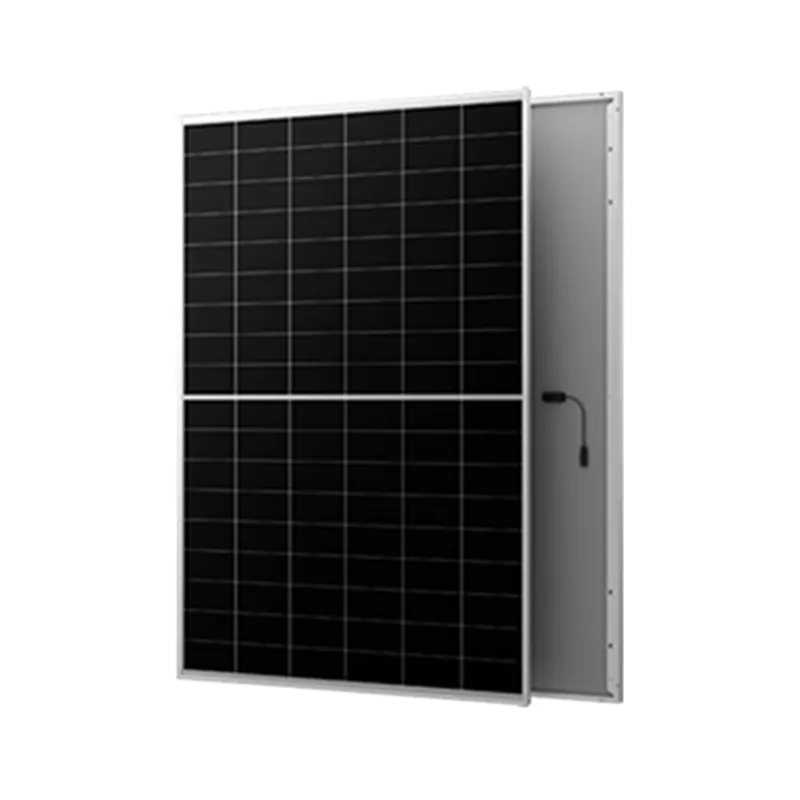solar hybrid inverter block diagram
Understanding Solar Hybrid Inverter Block Diagram
As the world shifts towards renewable energy solutions, solar energy has emerged as one of the most promising alternatives to fossil fuels. At the heart of solar energy systems is the solar inverter, specifically the solar hybrid inverter, which plays a critical role in harnessing and optimizing the energy generated by solar panels. A solar hybrid inverter can connect both solar panels and batteries to the grid, making it an essential component in modern energy systems. Understanding the block diagram of a solar hybrid inverter provides insights into its functionality and advantages.
What is a Solar Hybrid Inverter?
A solar hybrid inverter is a device that converts direct current (DC) generated by solar panels into alternating current (AC) for use in homes and businesses. Unlike traditional inverters, hybrid inverters can also manage energy storage systems (batteries), allowing users to store excess energy generated during sunny days for use during the night or when the solar production is low.
Components of the Block Diagram
The block diagram of a solar hybrid inverter typically consists of several key components, each serving a specific function. Here’s a breakdown of these components
1. Solar Panel Input This is where the solar panels are connected. The solar panels generate DC electricity when exposed to sunlight, which is the first step in the energy conversion process.
2. Maximum Power Point Tracking (MPPT) MPPT is a crucial component that optimizes the amount of power extracted from solar panels. It continuously adjusts the electrical operating point of the modules to ensure they operate at their maximum efficiency, ensuring that the highest possible amount of solar energy is harvested.
3. Battery Input This allows the inverter to connect to battery storage systems. The batteries store excess energy produced during the day for later use, enhancing the overall efficiency of the solar energy system.
4. DC to AC Conversion Once the solar energy is harvested and optimized through MPPT, the inverter converts the DC voltage into AC voltage. This AC electricity can then be used in household appliances or fed into the grid.
solar hybrid inverter block diagram

5. Grid Connection The inverter’s grid connection allows for the surplus energy that is not used by the household to be exported back to the electricity grid, creating potential financial credits for the user.
6. Load Output This component directs the converted AC electricity to the household or commercial loads, which can include lighting, heating, and other electrical appliances.
7. Control and Monitoring System Modern solar hybrid inverters have sophisticated control and monitoring systems that track the performance of the solar energy system. This includes overseeing the battery charge levels, energy production, consumption patterns, and system health to ensure everything operates optimally.
8. Safety Systems Safety plays a paramount role in the design of solar hybrid inverters. Over-voltage protection, anti-islanding protection, and temperature control are some of the safety systems integrated into the inverter to prevent any potential hazards during operation.
Benefits of Solar Hybrid Inverters
The solar hybrid inverter offers numerous benefits over traditional inverters
- Energy Storage The ability to connect to battery storage allows users to make the most of their solar energy, using it even when the sun is not shining. - Cost Efficiency By integrating battery storage, users can potentially lower their electricity bills, taking advantage of off-peak energy rate usage. - Energy Independence Homeowners can become less reliant on the electricity grid, gaining independence and security against rising energy prices and blackouts. - Environmental Impact Utilizing renewable solar energy contributes to reducing carbon footprints, promoting a cleaner and sustainable future.
Conclusion
The solar hybrid inverter is a cornerstone of modern solar energy systems, integrating various components to maximize energy efficiency while providing flexibility with energy storage. By understanding its block diagram, users can appreciate the intricate workings of this technology and recognize its role in promoting renewable energy usage. As solar energy continues to rise in popularity, the solar hybrid inverter will undoubtedly play an integral part in the evolution of energy consumption and sustainability.
-
String Solar Inverter: The High-Efficiency Solution for Smart Solar EnergyNewsJul.14,2025
-
Revolutionizing Rooftop Energy with the Power of the Micro Solar InverterNewsJul.14,2025
-
Power Independence with Smart Off Grid Solar Inverter SolutionsNewsJul.14,2025
-
On Grid Solar Inverter: Powering the Future with Smart Grid IntegrationNewsJul.14,2025
-
Monocrystalline Solar Panels: High-Efficiency Power for the Future of Clean EnergyNewsJul.14,2025
-
Bifacial Solar Panel: A Smarter Investment for Next-Generation Energy SystemsNewsJul.14,2025







